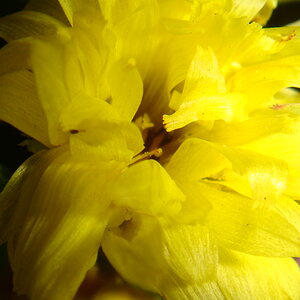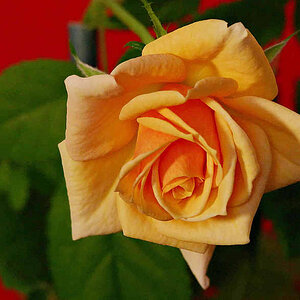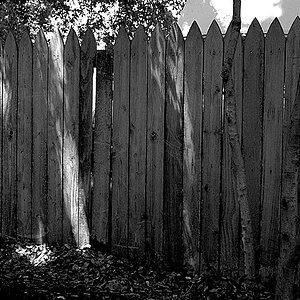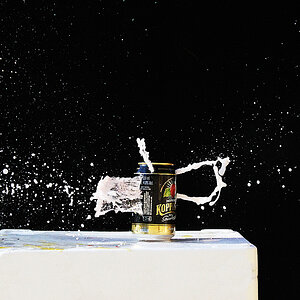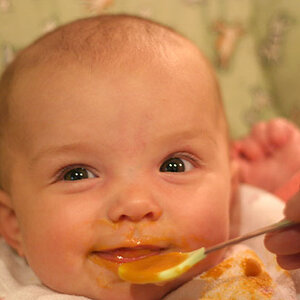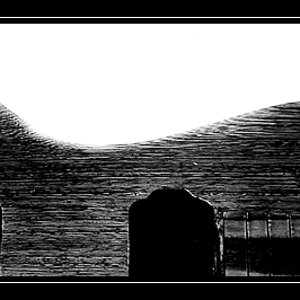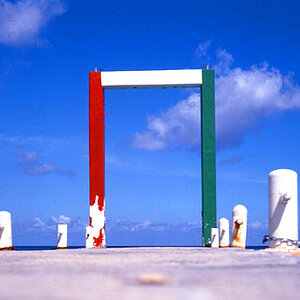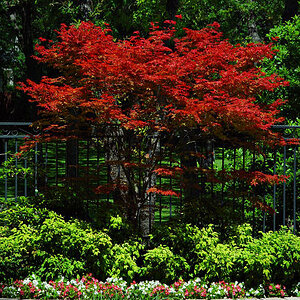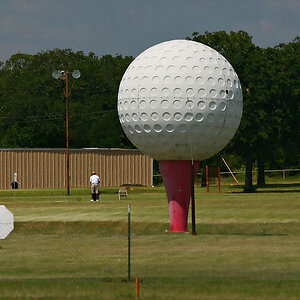Soocom1
Been spending a lot of time on here!
- Joined
- Feb 27, 2006
- Messages
- 3,253
- Reaction score
- 1,489
- Can others edit my Photos
- Photos NOT OK to edit
Look up lines of resolution, reproduction ratio and the physics behind image circle vs image plan size (format size)
There are other physical factors involved.
There are other physical factors involved.




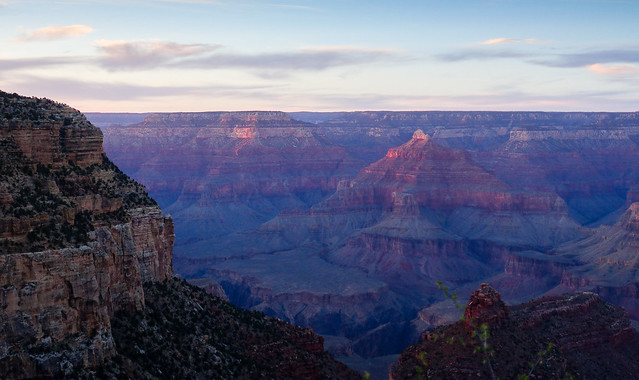
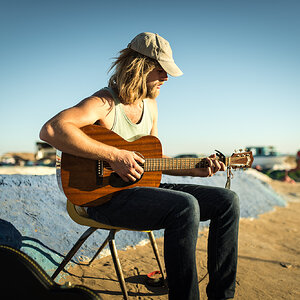
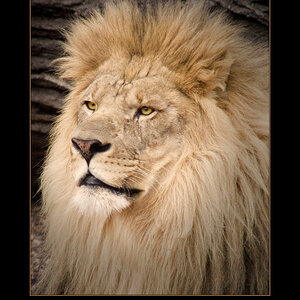
![[No title]](/data/xfmg/thumbnail/39/39224-aa3271aa220fe57f37caf898b6984846.jpg?1619738926)
